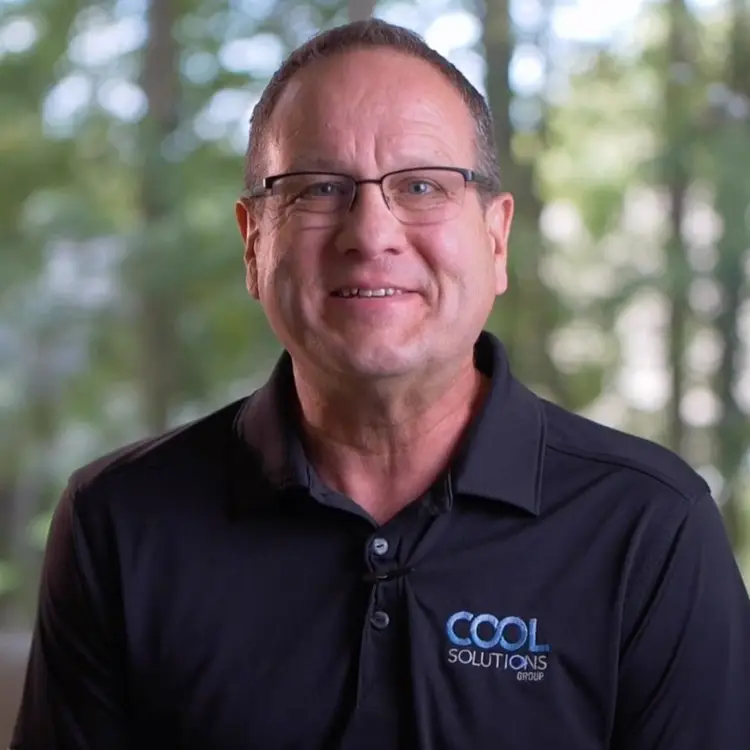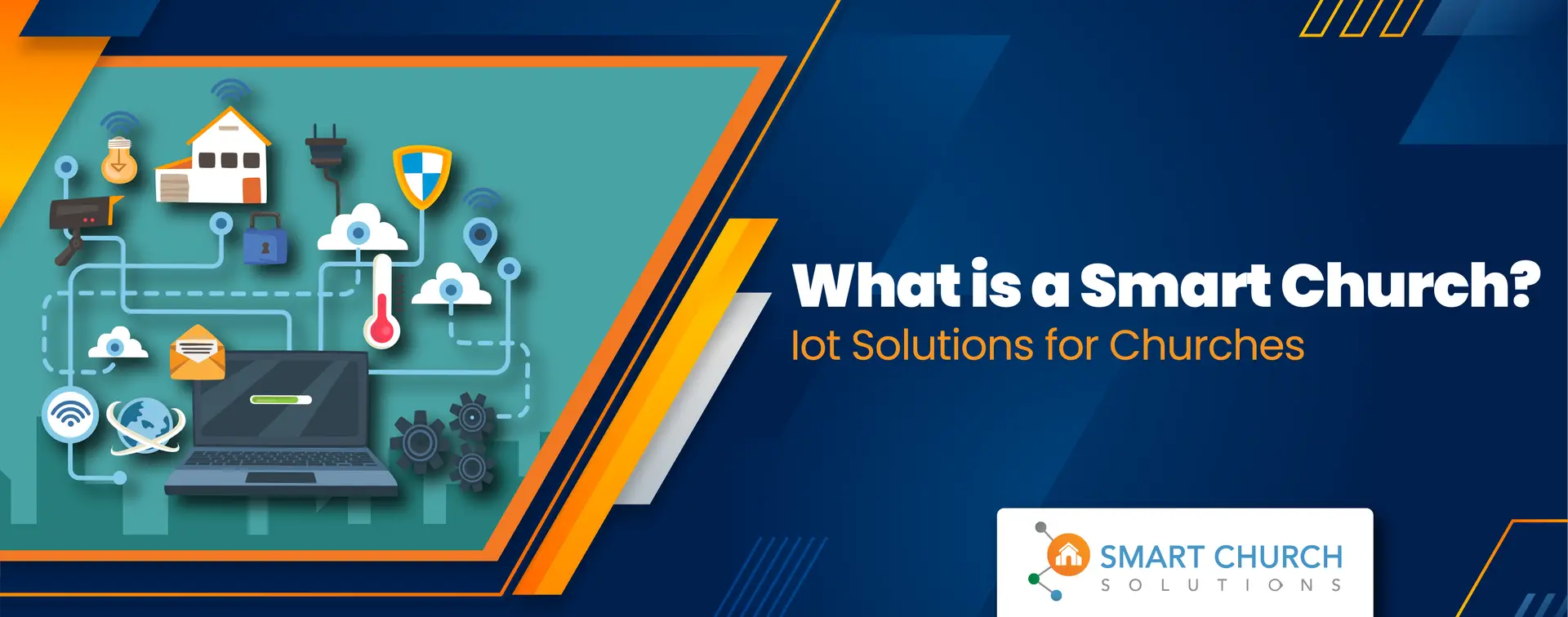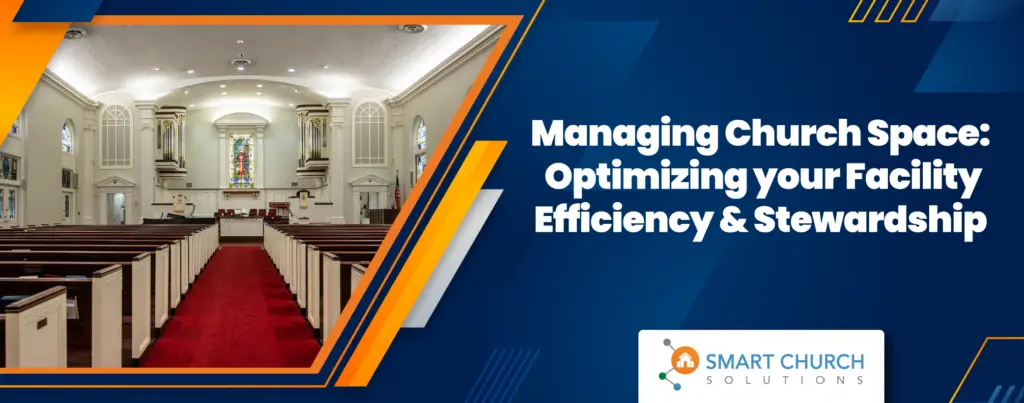We already have smartphones, smart cars, and smart homes. Now, we have Smart Churches. That’s right; your church building can be SMART. But what does that even mean?
Having been born into a pastor’s family, I have been involved in the church for over 62 years and have served the church facilities “market” for about 34 of those years. Therefore, I can tell you firsthand that the church tends to lag when adopting new trends, means, methods, and technology.
This is not a slam on the “church” as an organization; it is a reality. However, many churches are now keeping up with trends and, in many cases, leading the charge (especially with sound systems, video production, etc.). Consider the YouVersion Bible app or online giving and text-to-give options; these are almost as commonplace as the offering plate. But those are the exception and not the rule for the use of technology in church operations.
What is IoT?
For church facility stewards, IoT, or the Internet of Things, refers to a network of physical devices embedded with sensors, software, and connectivity. These devices can include anything from appliances to security systems, and they collect and exchange data over the Internet. The purpose of IoT is to enable seamless communication between devices and central systems, leading to enhanced automation and data sharing.
In churches, IoT could involve using sensors and connectivity to monitor and manage various aspects of the facility. For instance, it could include systems for temperature control, security monitoring, door access, digital signage, lighting automation, water flow, and more. The data collected through IoT devices can assist facility stewards in making informed decisions regarding maintenance, resource allocation, and overall efficiency.
Internet of Things (IoT) in Churches
Some churches have more IT personnel than about 80% of American churches have on their entire staff. I believe a trending technology concept will impact all aspects of your world, including the church, so let’s get familiar with it: Internet of Things (IoT).
According to a Forbes article, IoT is described as the following:
“…Simply put, this is the concept of basically connecting any device with an on and off switch to the Internet (and/or to each other). This includes everything from cell phones, coffee makers, washing machines, headphones, lamps, wearable devices and almost anything else you can think of.
This also applies to components of machines, for example, a jet engine of an airplane or the drill of an oil rig. As I mentioned, if it has an on-and-off switch, then chances are it can be a part of the IoT. Forbes projects that by the end of 2024, there will be more than 207 billion devices connected to the worldwide networks of devices that make up the Internet of Things (IoT).
The IoT is a giant network of connected things (which also includes people). The relationship will be between people-people, people-things, and things-things.”
Enhancing Efficiency in the Church
IoT solutions are transforming the efficiency landscape of churches, empowering them to optimize resource utilization, streamline operations, and create more meaningful experiences for church-goers.
Smart Energy Management
Implementing IoT solutions allows churches to optimize energy usage by automatically adjusting heating, cooling, and lighting systems based on occupancy, scheduled events, and/or environmental conditions. Sensors can detect when rooms are unoccupied and adjust settings accordingly, reducing energy waste and lowering utility costs while maintaining comfort levels for occupants.
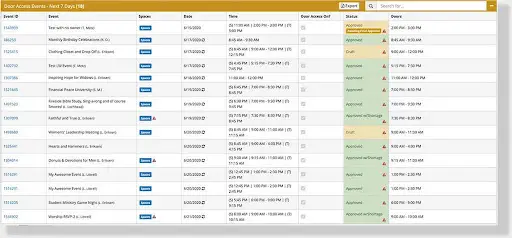
Automated Door Access Control
In the realm of Smart Churches and IoT solutions, Door Access Control stands as a pivotal technology for enhancing security, convenience, and operational efficiency. Integrating IoT with door access control systems enables churches to manage entry points in real-time, from anywhere, using internet-connected devices.
This technology allows for customizable access schedules aligned with church events, automatic locking and unlocking of doors to coincide with service times, and the ability to grant or revoke access remotely for staff and volunteers. Furthermore, IoT door access control provides detailed access logs, offering insights into facility usage patterns and enhancing security measures. By leveraging these IoT solutions, churches can ensure a secure, welcoming environment for their congregations while streamlining administrative tasks and reducing manual oversight.
“We couldn’t afford to hire someone solely for locking, unlocking, and HVAC tasks. Automating with eSPACE has been a genuine game-changer for us.” – Mike Lauter, Director of Operations at First Presbyterian Church of Douglasville, GA.
Real-time Maintenance
Leveraging IoT technology for real-time maintenance enables proactive or predictive monitoring of equipment and building systems, allowing facility managers to detect issues before they escalate into costly repairs. Sensors embedded in critical infrastructure can collect data on performance metrics such as temperature, humidity, and equipment status, immediately alerting maintenance staff to potential problems. This proactive approach minimizes downtime, extends the lifespan of assets, and ensures the uninterrupted functionality of essential systems.
Automated Event Scheduling
Integrated scheduling software can sync with IoT-enabled devices throughout the facility, automatically adjusting lighting and temperature on event schedules and occupancy requirements. This automation reduces manual intervention, eliminates scheduling conflicts, and enhances the overall efficiency of event planning and execution.
The Role of IoT in Facility Management
Embracing IoT in church facility stewardship can improve operational efficiency and resource utilization and provide a more comfortable and secure environment for congregants and staff.
Sensor-Based Automation
In the context of church facility management, sensor-based automation refers to using sensors to detect and monitor various environmental conditions or equipment statuses within the church building. These sensors can track factors such as temperature, humidity, air quality, occupancy, and equipment performance. By collecting real-time data from these sensors, facility managers can gain insights into the operational status of different systems and areas within the church, allowing for more proactive and efficient management.
Reduced Operating Costs
One of the key benefits of implementing IoT solutions in church facility management is the potential for reducing operating costs. By leveraging sensors, data analytics, and automation technologies, churches can optimize their energy usage, improve resource allocation, and streamline maintenance processes, leading to significant cost savings over time.
Transparency
IoT solutions provide greater transparency and visibility into various aspects of church facility management, empowering stakeholders with actionable insights and data-driven decision-making capabilities. This transparency enables more informed decision-making regarding resource allocation, budget planning, and operational strategies. It also fosters accountability and collaboration among different teams involved in facility stewardship, as everyone has access to the same up-to-date information and performance metrics.
Improved Communication
Communication is a critical factor for every church and school. While IoT may not directly impact the internal communication of your team, it definitely has a direct impact on your guests and congregation, which in turn can improve (or reduce) the need for your team to respond to a myriad of questions.
For example, IoT-enabled digital signage systems through your facility can provide attendees with event schedules and wayfinding information, as well as enable personalized communication. By leveraging interconnected devices and systems, organizations can create a more connected and vibrant connection with their guests, improving efficiency and enhancing the overall attendee experience.
So, What Does this Mean for Your Church?
For the past decade, “smart” has been used to identify devices and physical environments, incorporating technology to produce integration, interconnectivity, and system processing that does not rely solely on human interaction. While we cannot literally give your facility a brain, we can help add components that are “smart.”
Major facility systems can be integrated with themselves and their management tools (i.e., Facility Management Software and Event Scheduling Software). Imagine this: you schedule an event in your facility management software, and it does the following:
- Turns the HVAC on in time for the event and turns it off after the event
- Unlocks/locks digitally-controlled doors for access to the event
- Lists the event schedule and details on digital signage throughout your building
- Turns on and off TVs and projectors for the event
- Turns on and off lights needed for the event
- Alerts your facility team and appropriate vendors if there is a significant issue
Does this sound too good to be true? Good news: it’s not. This is the world of IoT, and the future is now.
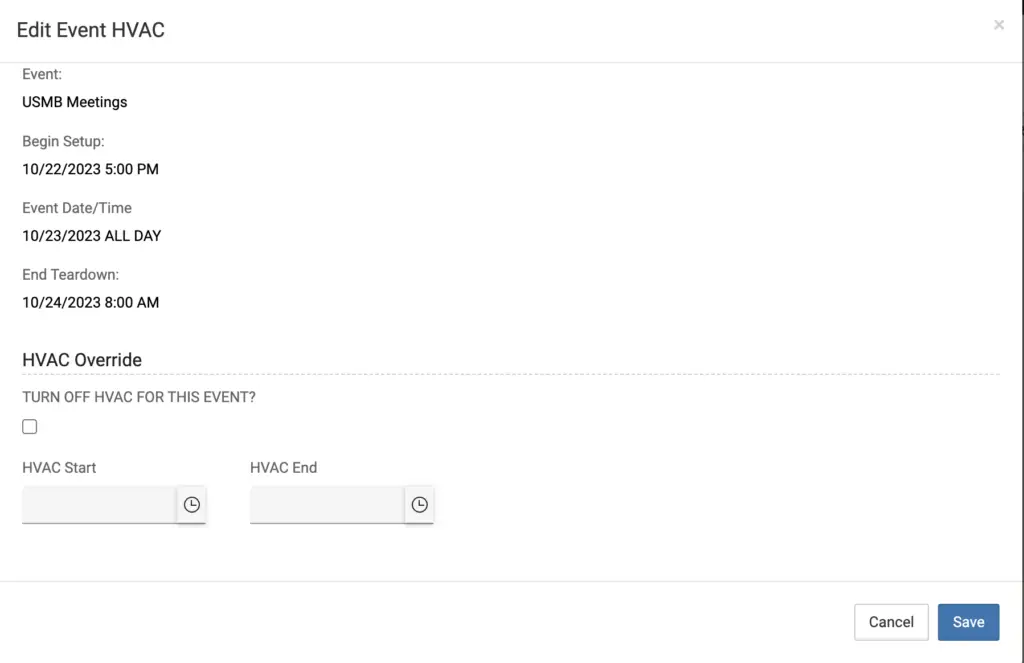
APIs and IoT
Given the incorporation of Application Programming Interfaces (APIs), a software mediator that allows two applications to talk to each other, more of this integration will interact via APIs and not through proprietary protocols.
Since APIs are an IT widget and not an everyday facilities management tool, the IT department at your church will play a much more significant role here (via IoT). Most of these IoT integrations will require ethernet or Wi-Fi connectivity. This may require the incorporation of firewalls, networks, servers, static IPs, cloud connectivity, and storage.
Many of the applications mentioned above will have cost and budget implications. Some will significantly reduce costs as we become more effective and efficient. On the other hand, some of those savings may be offset, in part, by subscriptions, hardware, software, and maintenance.
The Crux of IoT
IT and facilities must collaborate and communicate to make your church a smart church. The two must seek information from each other before decisions are made, determine why they need an application, decide on the WHAT and HOW, and have budget discussions. As stated above, there may be cost savings and offsets. Whose budgets do these savings and costs impact?
All the above will make most IT professionals start to geek out. However, there is a very practical reason this needs to be on your radar. It all boils down to operational efficiency. Nearly every church is understaffed in its facilities department.
We find that churches are unlikely to increase their staffing to the level that is really needed (1 FTE for every 35,000 SF), so how do we help our current staff be more productive? Could they be more efficient and effective if they didn’t have to address tasks that could otherwise be automated? This kind of technology can do just that.
As you can see, this is an exciting topic with great potential that deserves consideration. Unless we are living in a cave rubbing two sticks together to make fire, change comes to us all, and we all adapt. The iPhone is only 17 years old, yet it feels like we have always had one. Just think how SMART your church facility could be in another 17 years!
Ready to explore how church IoT solutions can revolutionize your facility management? Get a demo today and step into the future of church stewardship!

